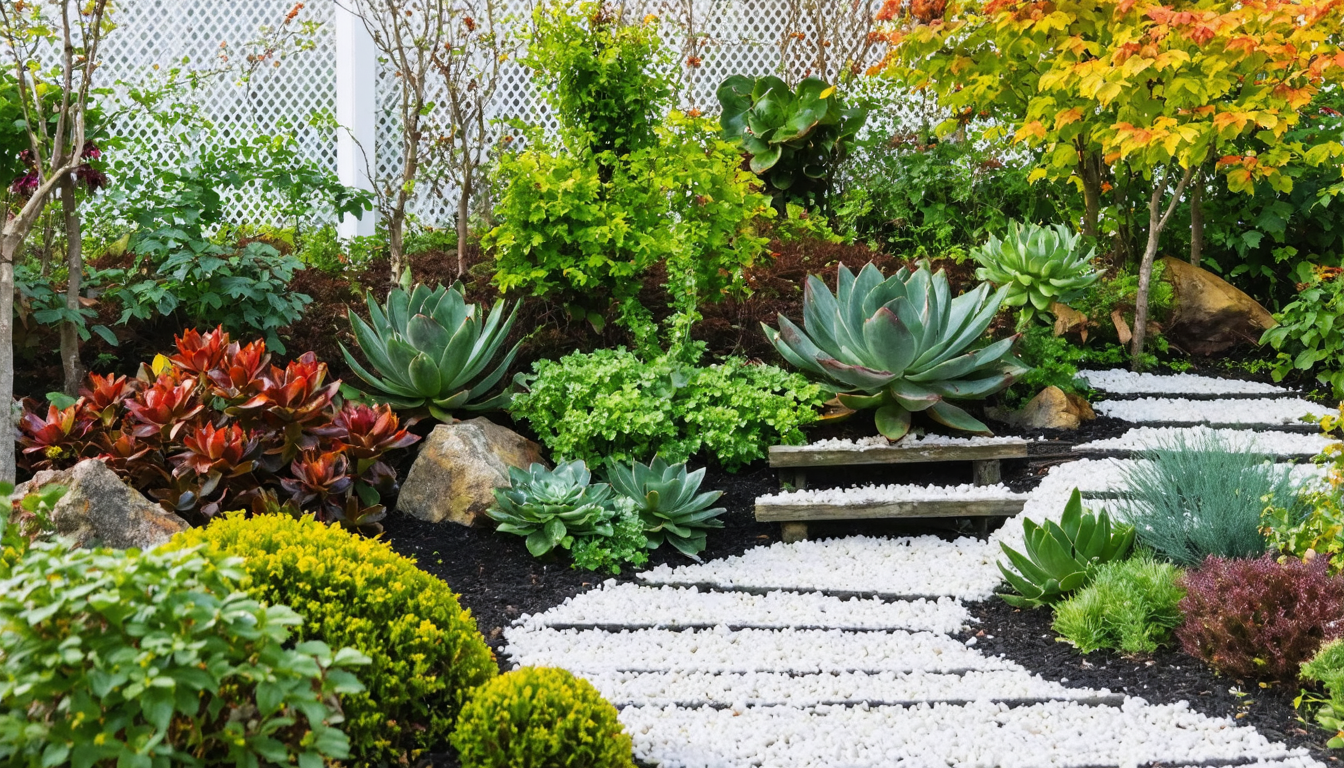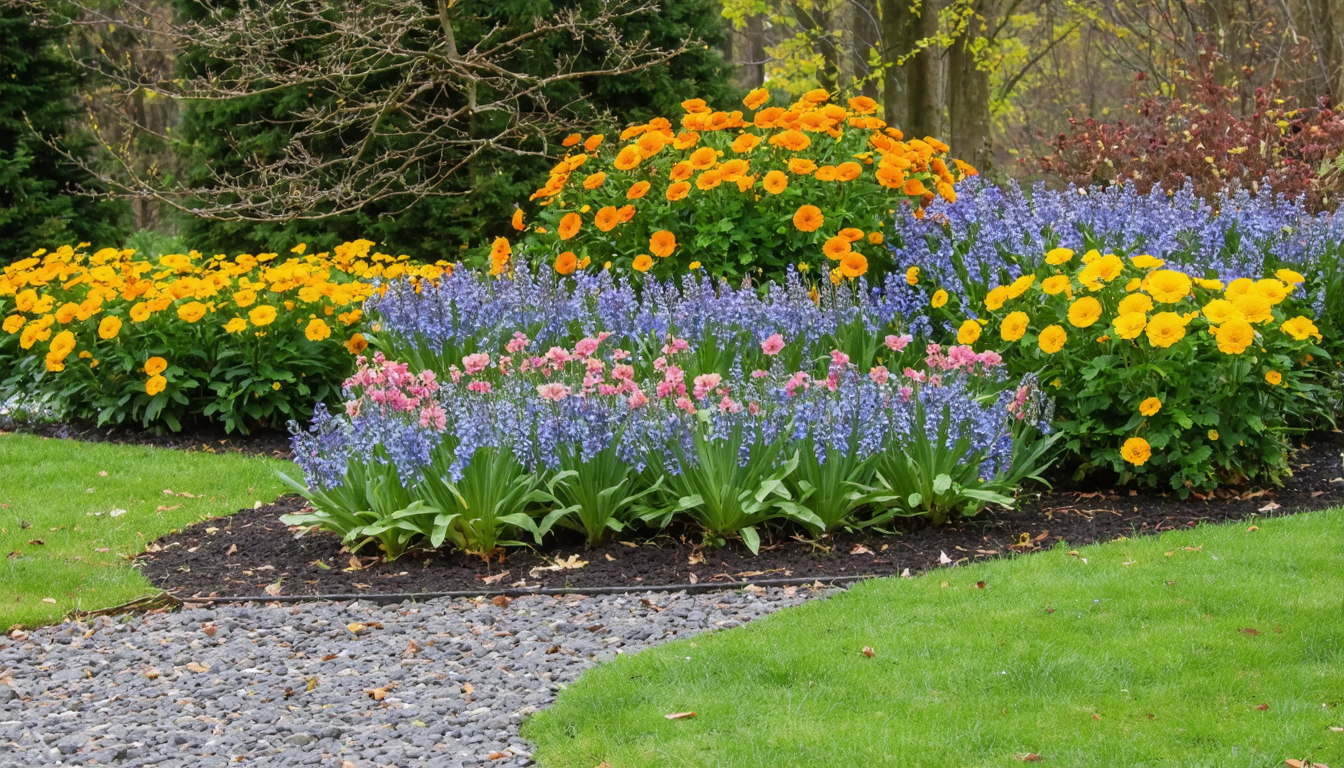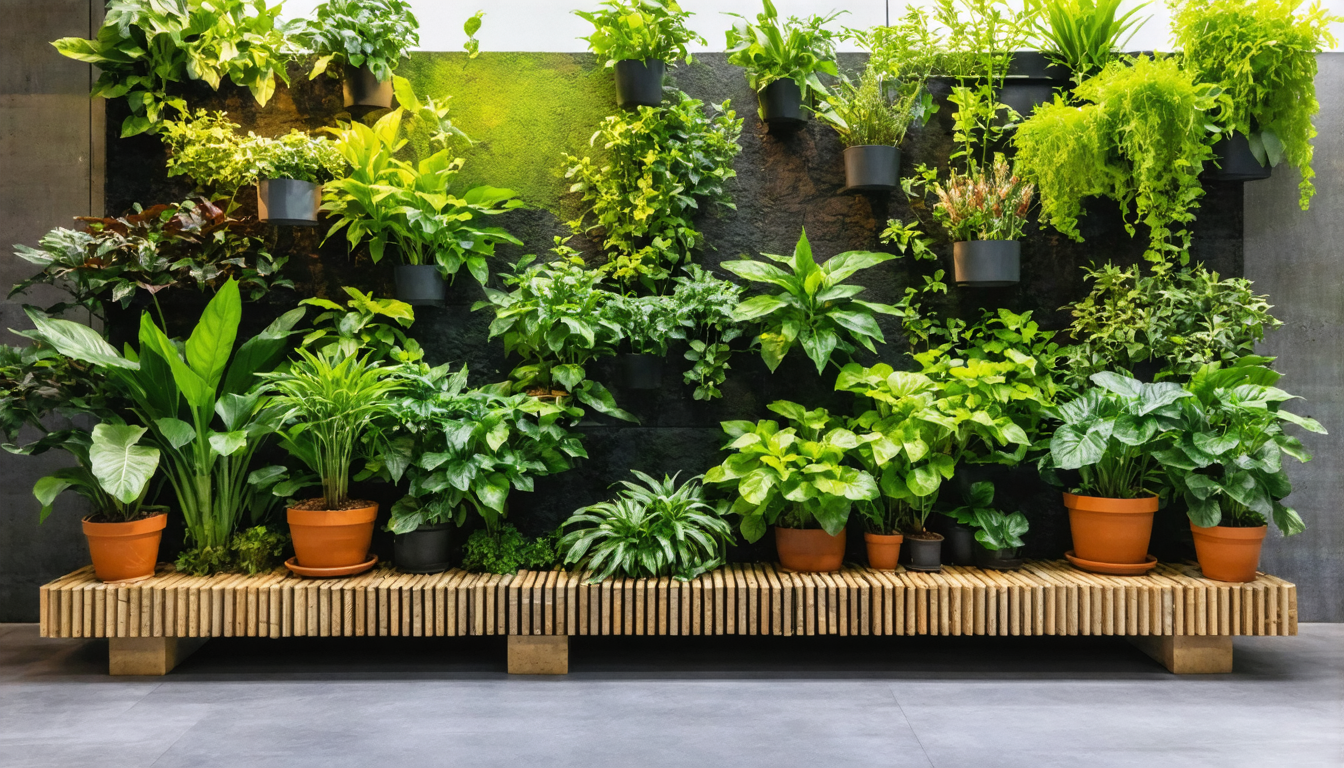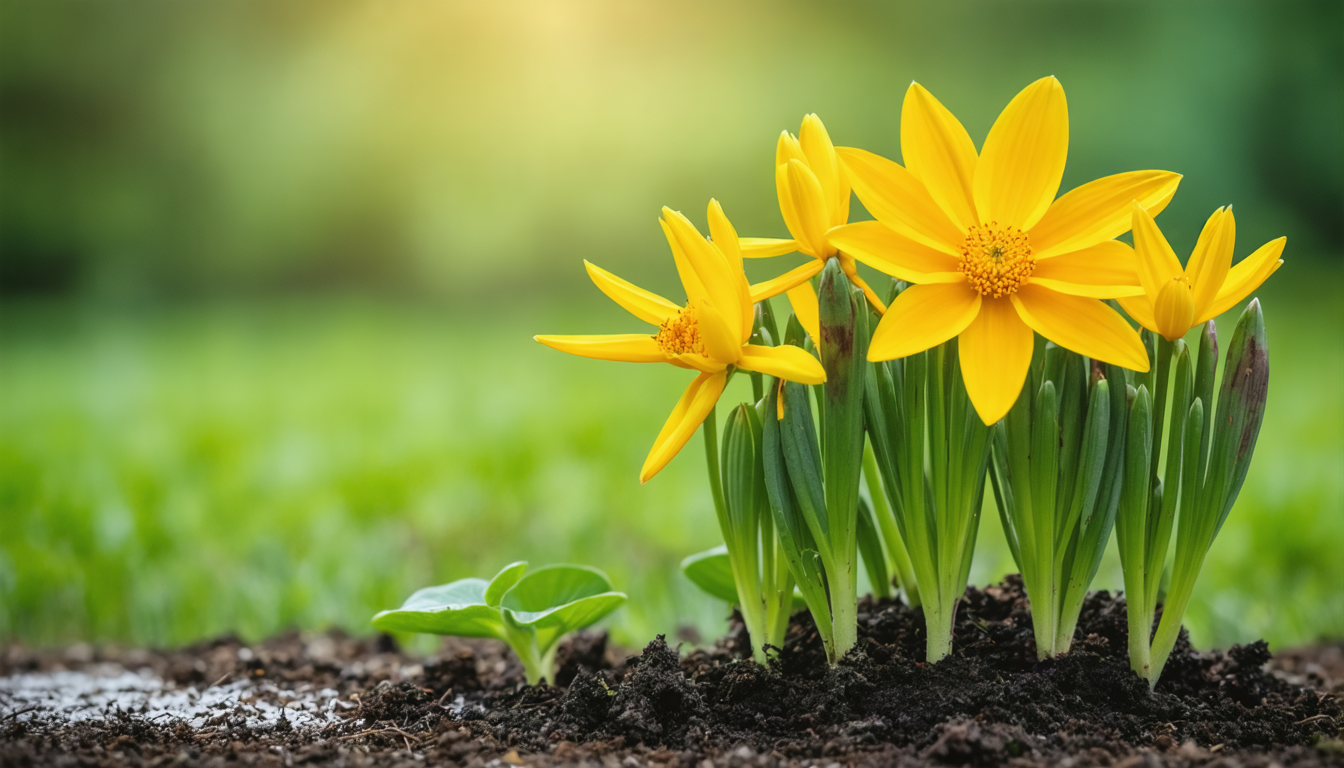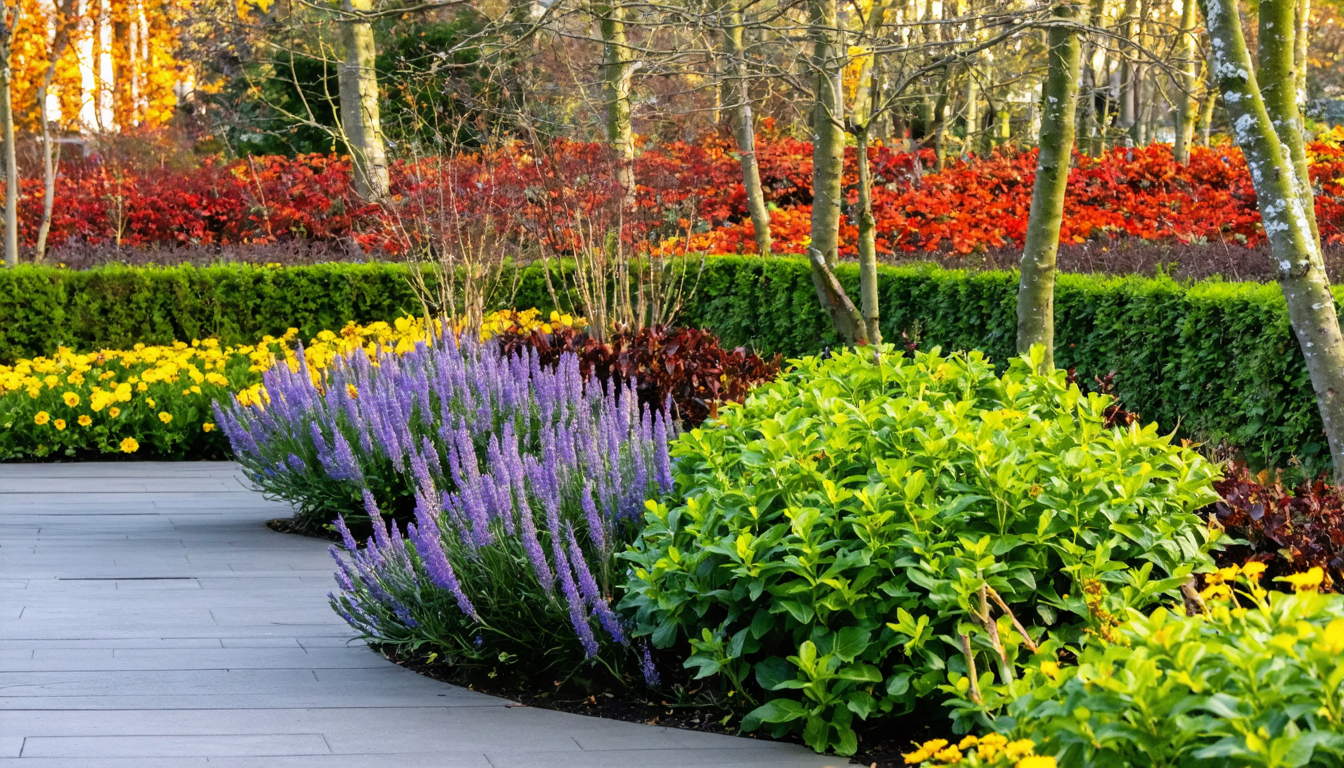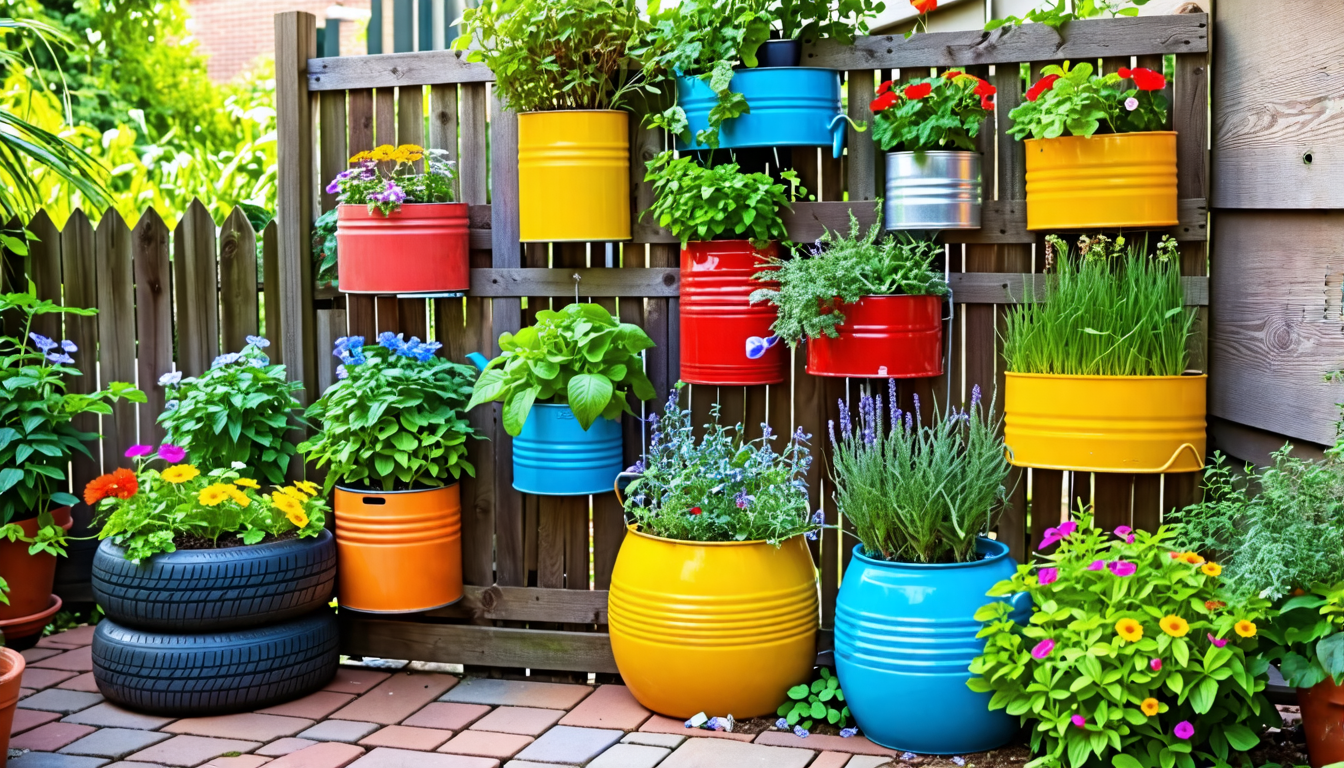
Why You Should Create ‘Zero Waste’ Garden Planters
The Environmental Impact of Your Garden
Traditional gardening contributes significantly to plastic waste, with millions of plastic pots from nurseries ending up in landfills each year. By upcycling discarded items, you directly reduce this waste stream and conserve the energy and resources required to manufacture new planters.
Unbeatable Benefits for You and Your Plants
Creating your own planters is incredibly cost-effective, as most materials are free. Each planter becomes a unique piece of garden art, reflecting your personal style. It also serves as a fulfilling creative project for individuals and families alike.
Getting Started: Prep Work for Your DIY Planters
Sourcing Your Materials: A Treasure Hunt at Home
Look around your home for potential planter materials. In the kitchen, consider old mugs, tin cans, glass jars, and plastic bottles. Check your closet for worn-out boots or jeans that can be repurposed. The garage might hold treasures like wooden pallets, tires, or old toolboxes.
The Essential Preparation Steps
Always start by thoroughly cleaning and sanitizing your chosen items to prevent mold and plant diseases. The most critical step is creating drainage holes—use appropriate tools like drills for harder materials or heated nails for plastics to ensure proper water flow.
Creative Planter Projects: Step-by-Step Guides
The Classic Tin Can Herb Garden
Clean and remove labels from tin cans, then drill drainage holes in the bottom. Paint or decorate the exterior, and arrange them on a windowsill or hang them for a charming vertical herb garden.
Pallet Wood Vertical Planter
Carefully deconstruct a heat-treated pallet (marked HT) and reassemble the boards into a vertical frame. Add landscape fabric to the back and sides to hold soil, creating a perfect space-saving garden for succulents or herbs.
The Self-Watering Soda Bottle Planter
Cut a 2-liter bottle in half. Invert the top portion (with the cap on) into the bottom half. Add a wicking material like cotton rope through the cap, fill the top with soil, and the bottom with water for automatic irrigation.
The Colander Planter: Nature’s Perfect Drainage System
Most people don’t realize that colanders are ideal planters because they’re designed with built-in drainage. Simply line with coffee filters or coco liner to prevent soil loss, add potting mix, and plant. Their vintage look makes them particularly attractive for strawberries and trailing flowers.
Upcycled Planter Showdown: A Quick Comparison
| Material | Durability | Best For | Difficulty Level |
|---|---|---|---|
| Wood (Pallets) | Medium (biodegrades over time) | Large plants, vertical gardens | Intermediate |
| Plastic (Bottles) | Long-lasting | Seedlings, small herbs | Easy |
| Metal (Cans) | Medium (can rust) | Herbs, small flowers | Easy |
| Fabric (Jeans) | Short-term (biodegrades) | Root vegetables, air-pruning plants | Easy |
Troubleshooting Common Challenges
“My planter is rotting or rusting too quickly.”
Use liners like coconut coir or landscape fabric to create a barrier between soil and container. Select materials appropriate for your climate—avoid untreated wood in consistently wet environments.
“I’m worried about chemicals from the containers leaching into the soil.”
Avoid containers that previously held harsh chemicals. For questionable materials like tires or painted wood, use them for ornamental plants rather than edibles, or create a protective barrier with food-safe plastic liners.
“My plants aren’t thriving like they do in store-bought pots.”
Ensure you’ve created adequate drainage holes—this is the most common issue. Also match the plant’s mature size to your container’s capacity, as cramped roots can stunt growth.
Frequently Asked Questions (FAQs)
What is the most important thing to remember when I create ‘zero waste’ garden planters?
Proper drainage is absolutely essential. Without adequate drainage holes, water accumulates and causes root rot, which will quickly kill your plants.
Can I use any type of discarded wood?
Avoid wood treated with creosote or CCA (chromated copper arsenate), commonly found in older railroad ties and some outdoor lumber. Look for pallets marked with “HT” (Heat-Treated) which are safer for gardening use.
How do I know if a container is safe for growing vegetables?
Stick to food-grade containers like glass jars, tin cans, or food-safe plastics (#2, #4, #5). Avoid containers that previously held non-food items, especially chemicals.
Do I need to use special soil?
Yes, always use high-quality potting mix rather than garden soil. Potting mix is specifically formulated to provide proper drainage and aeration in container environments.
